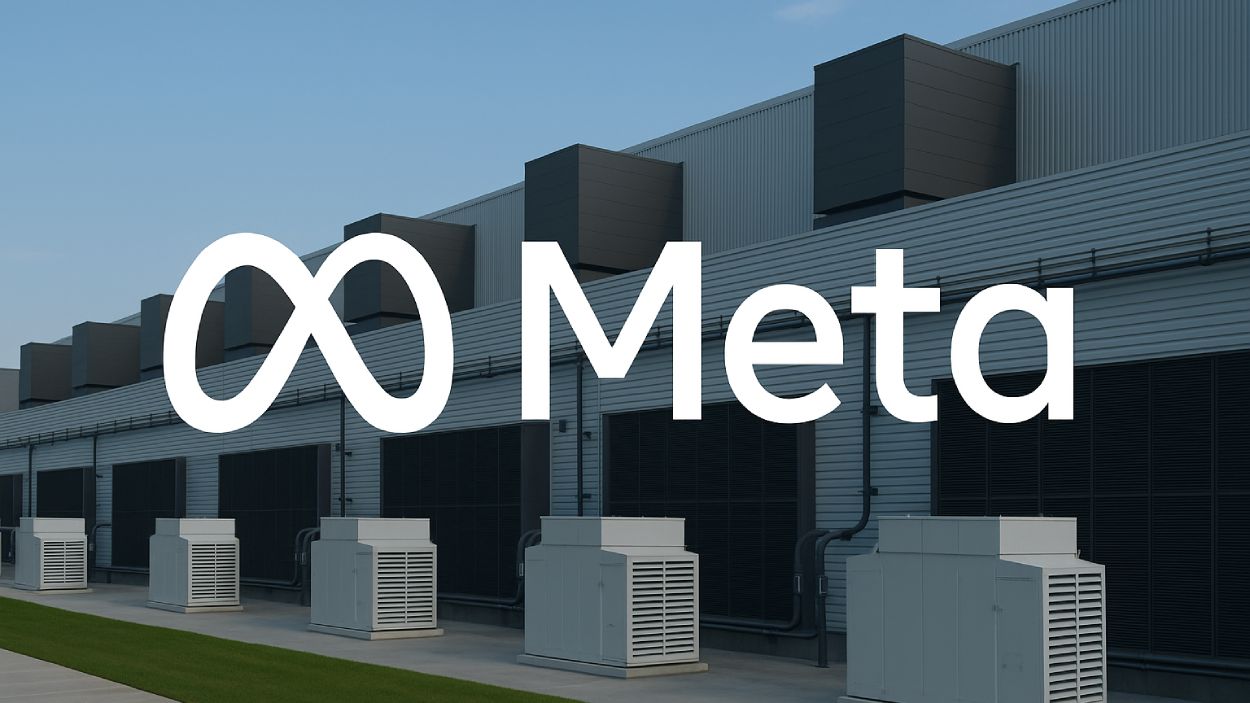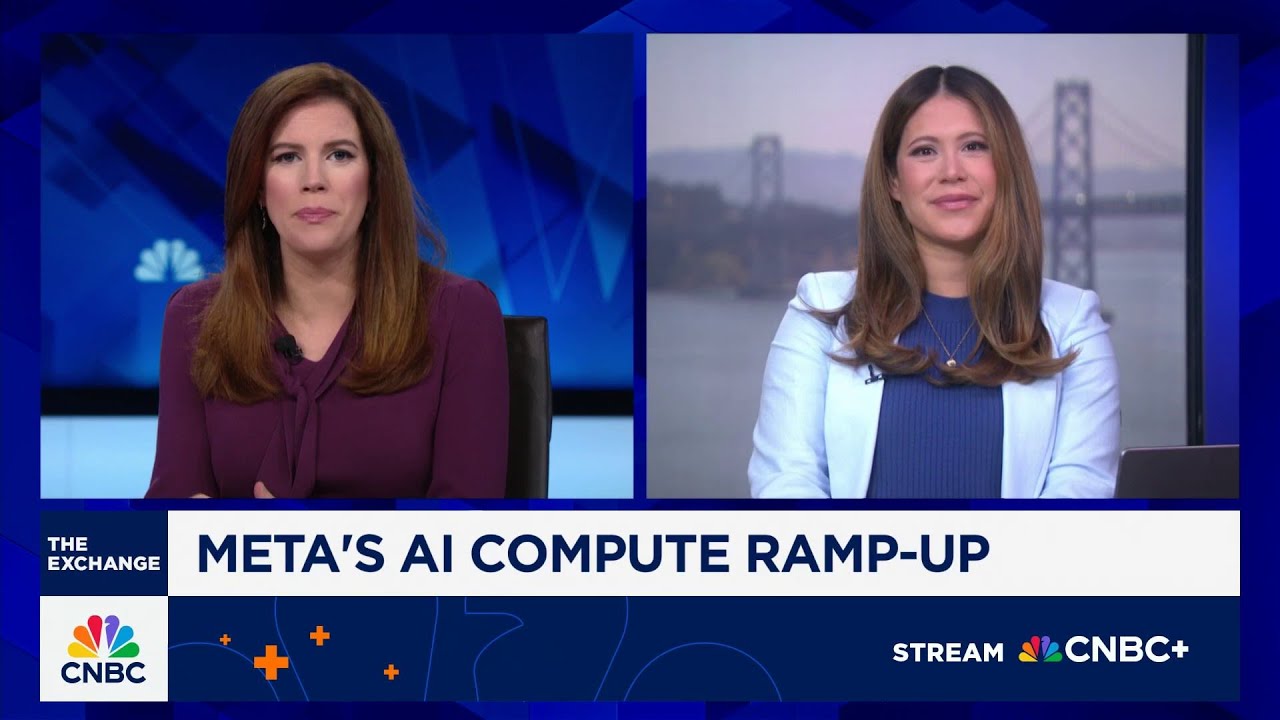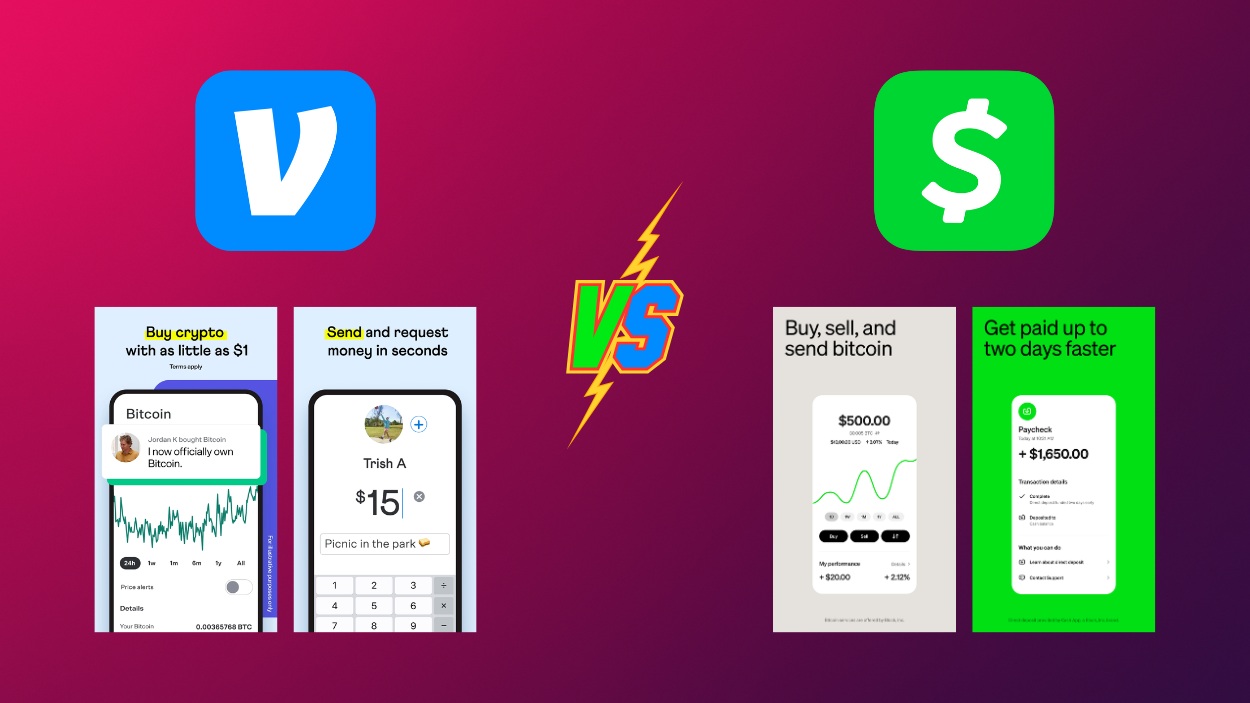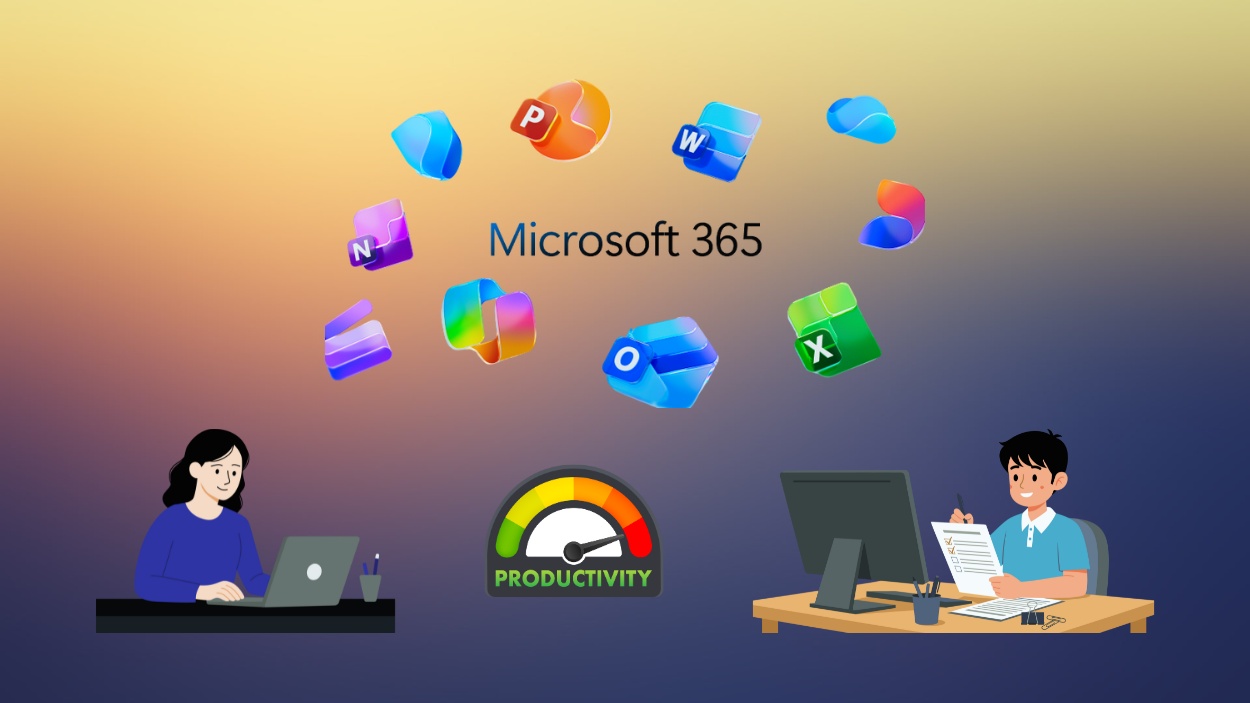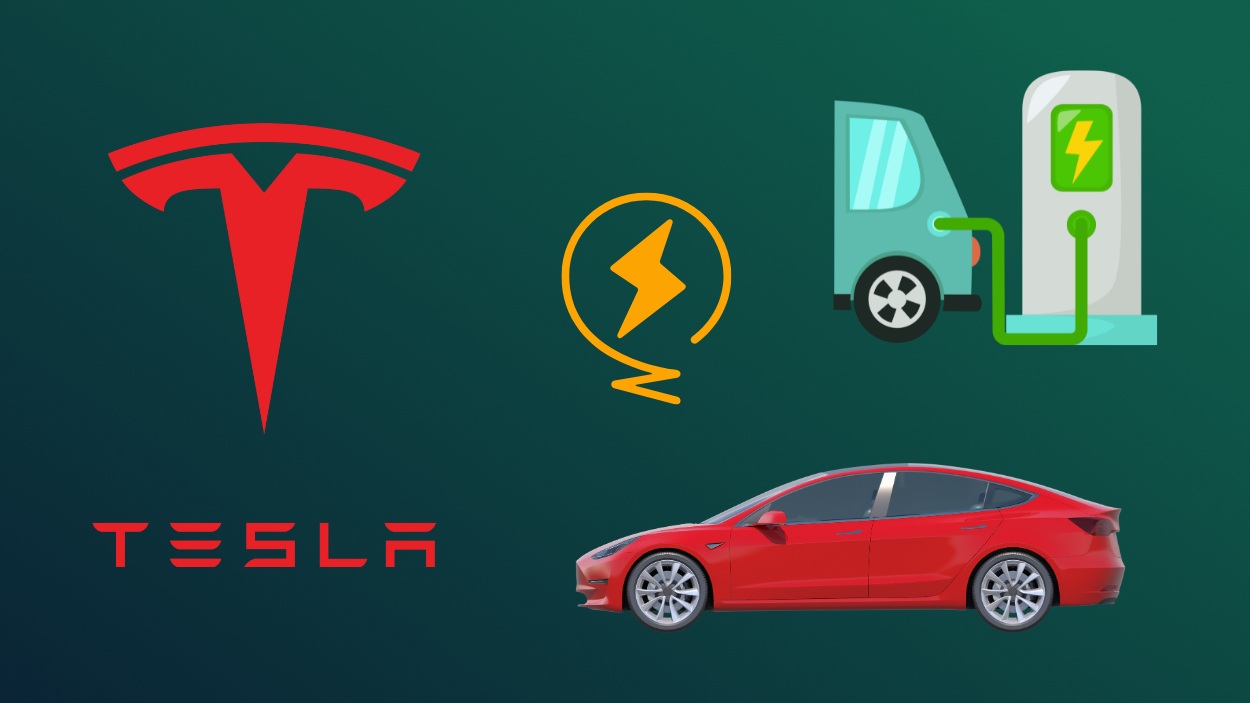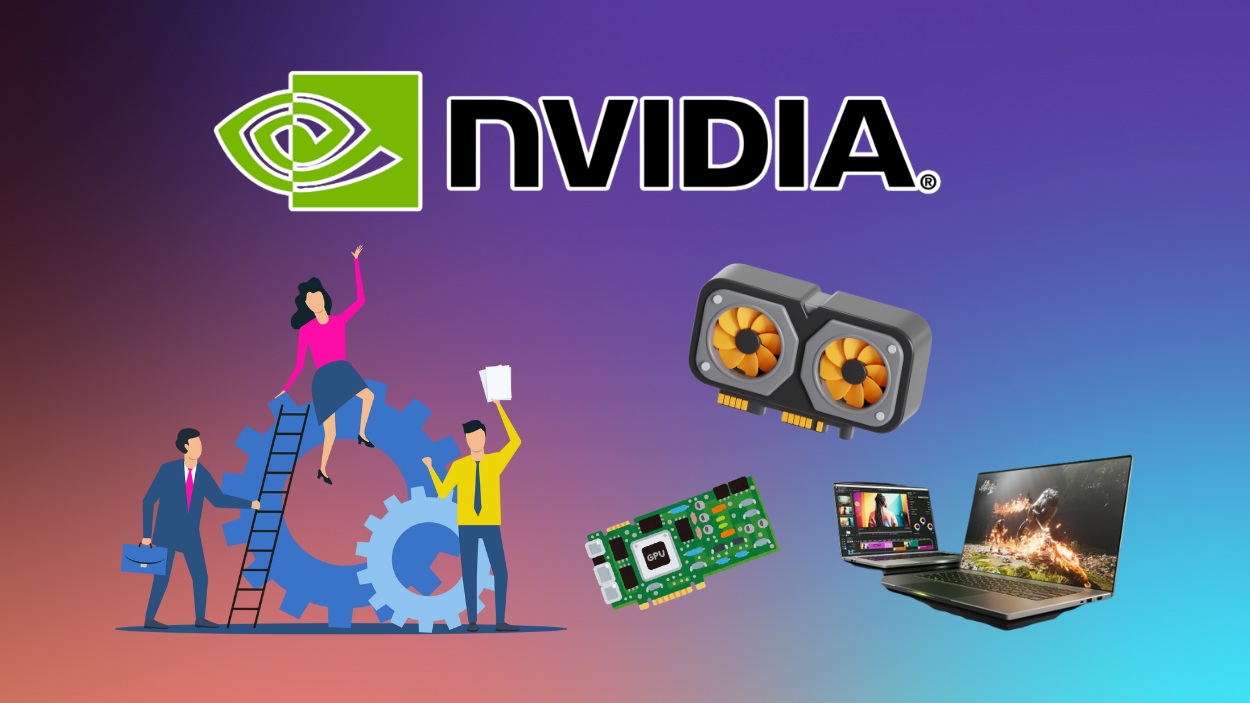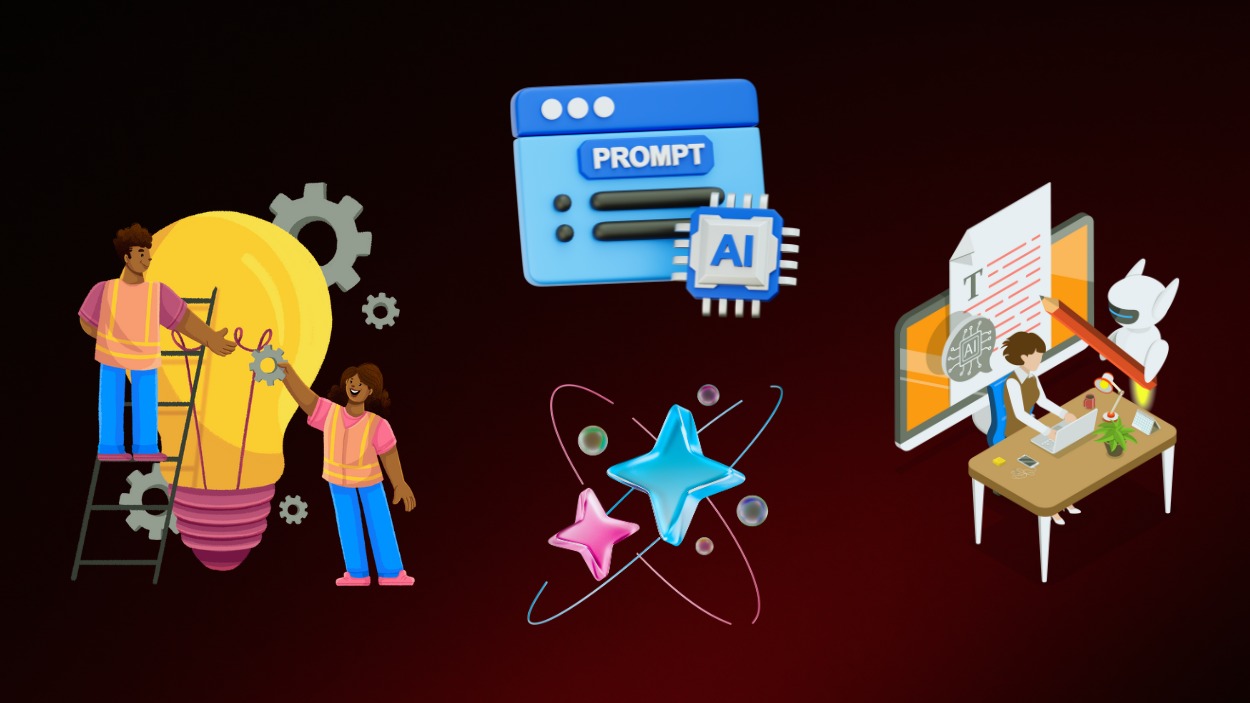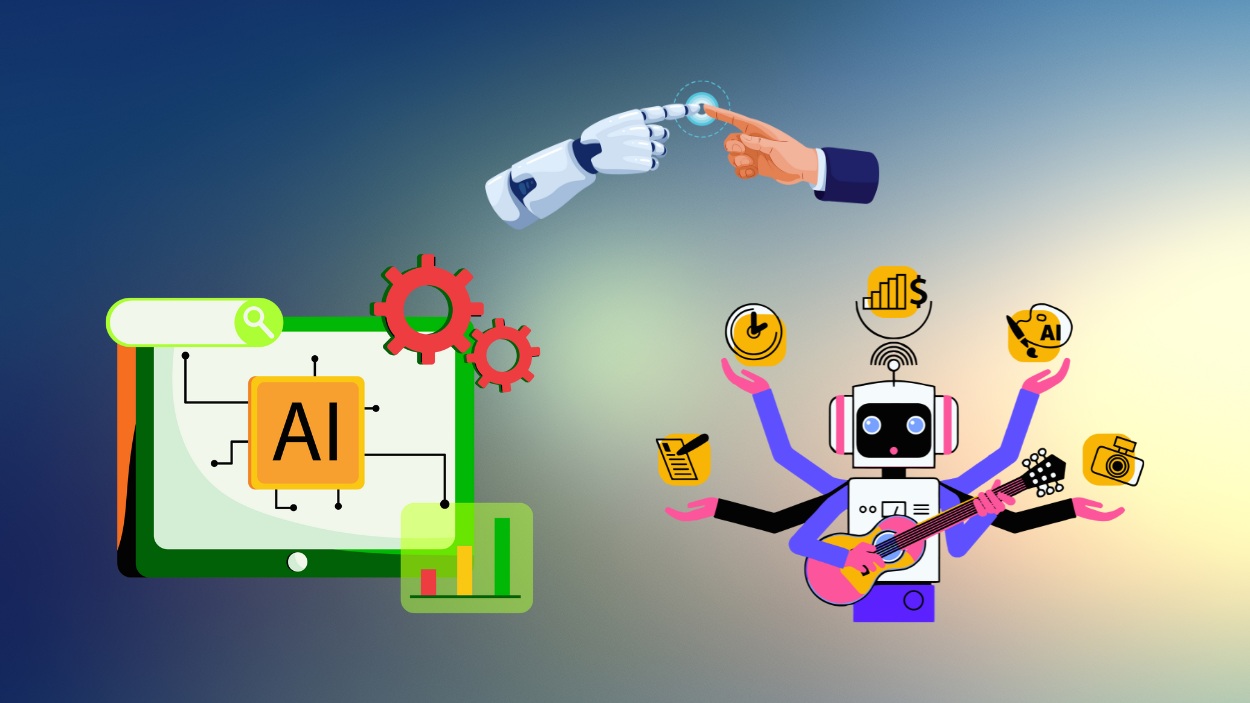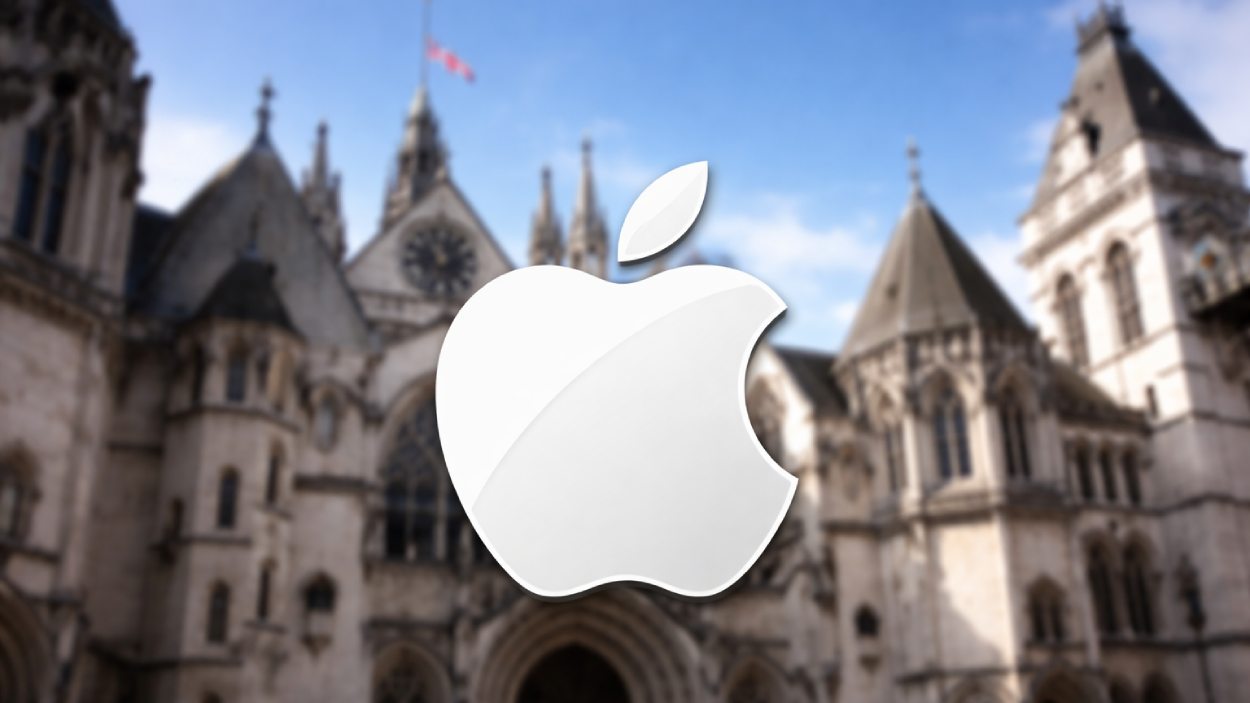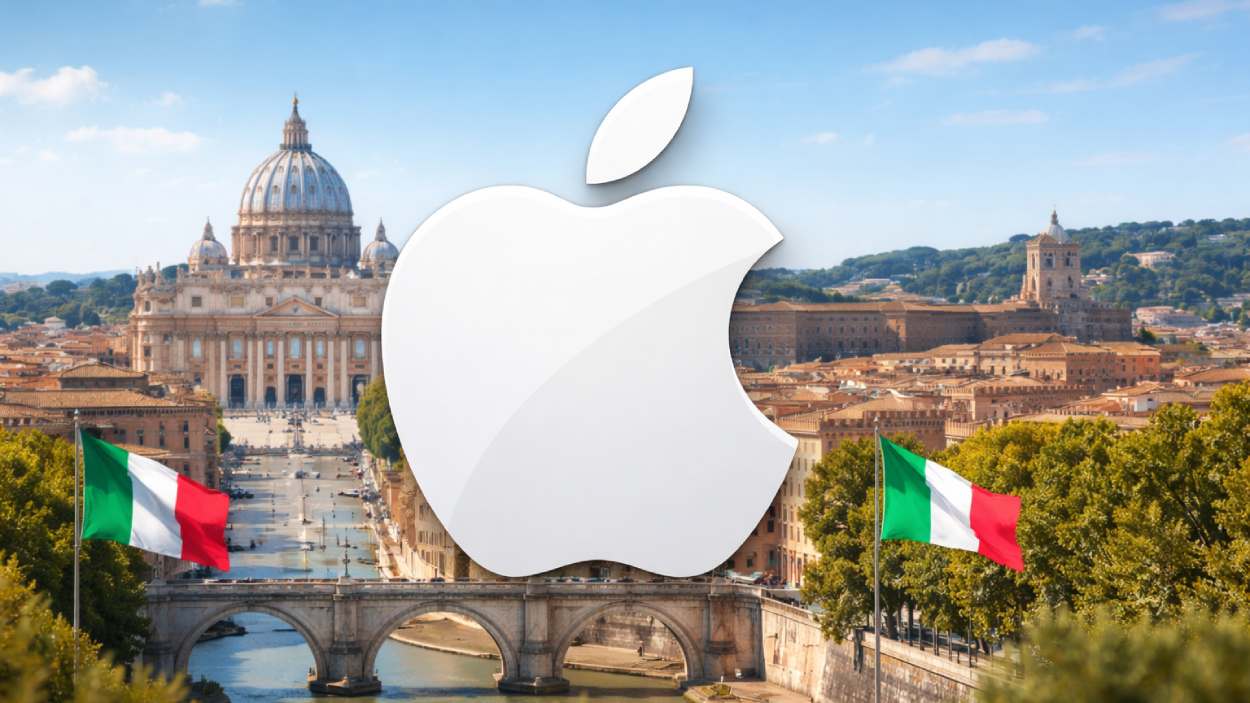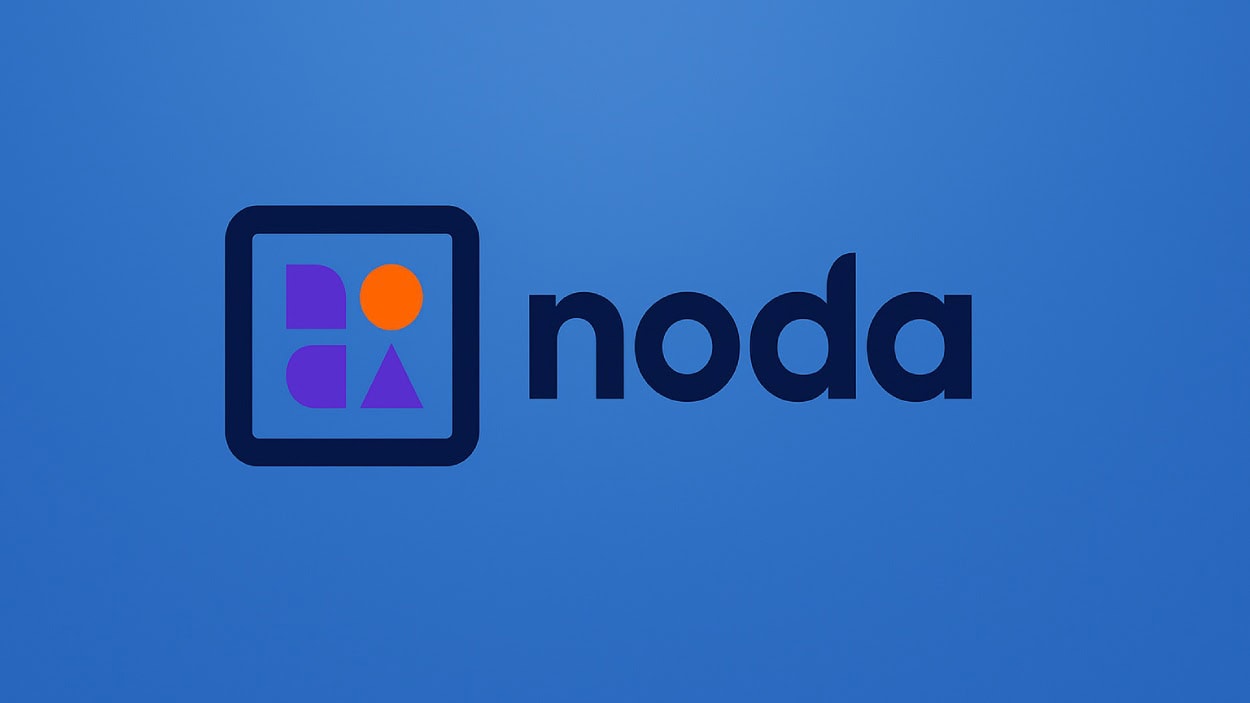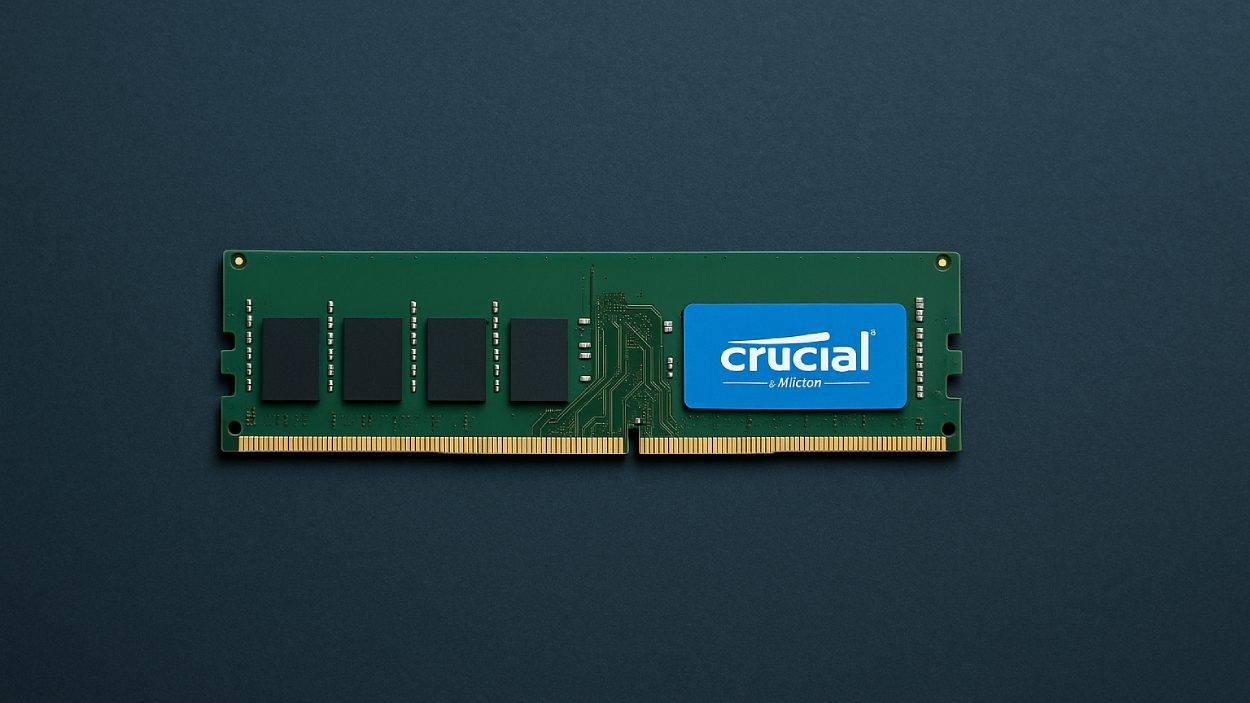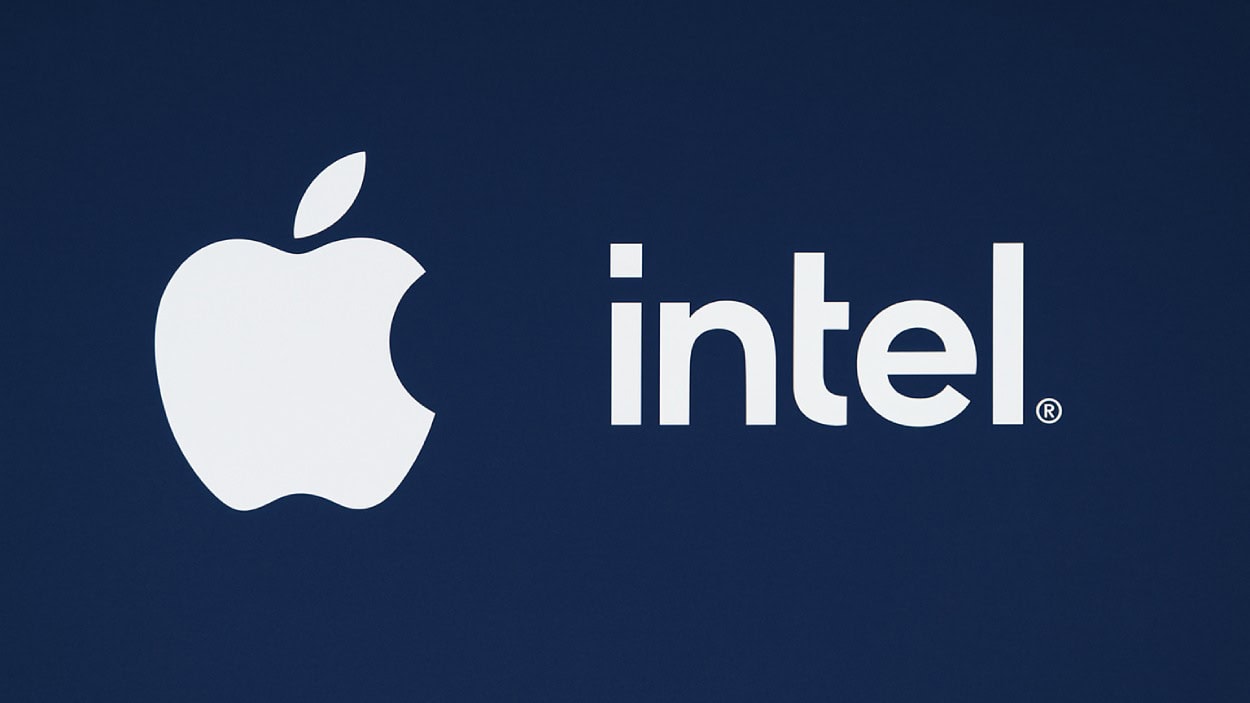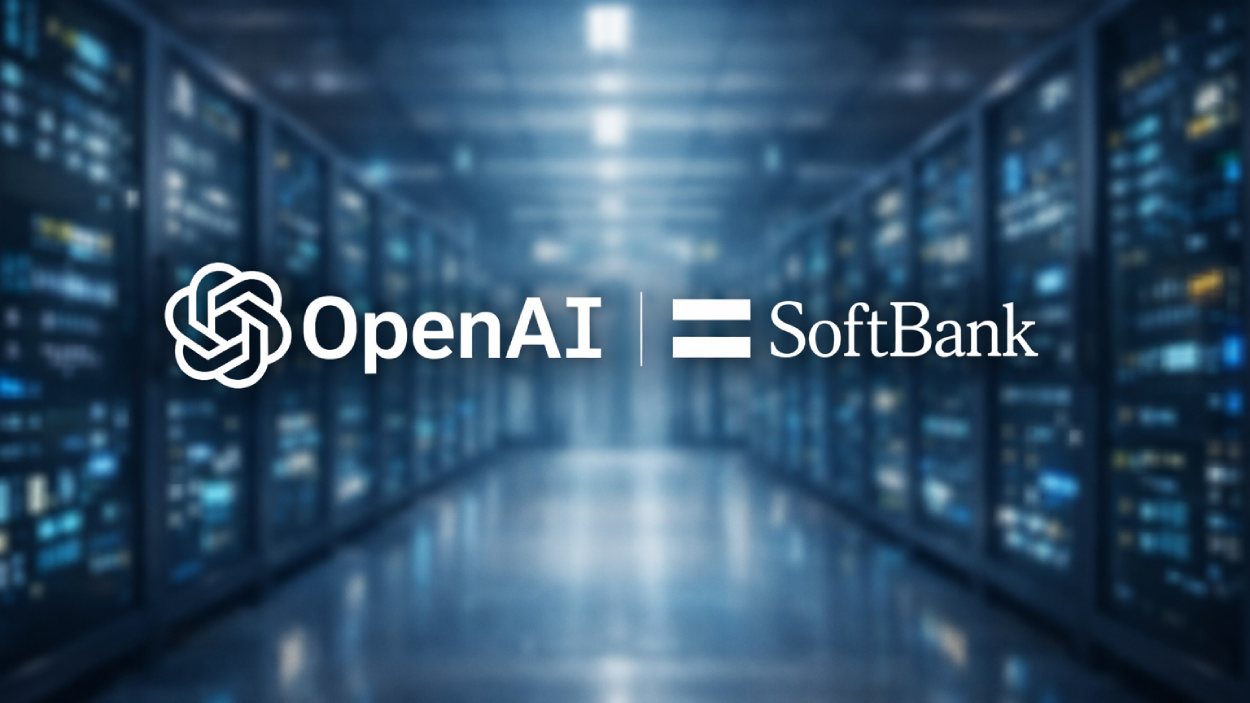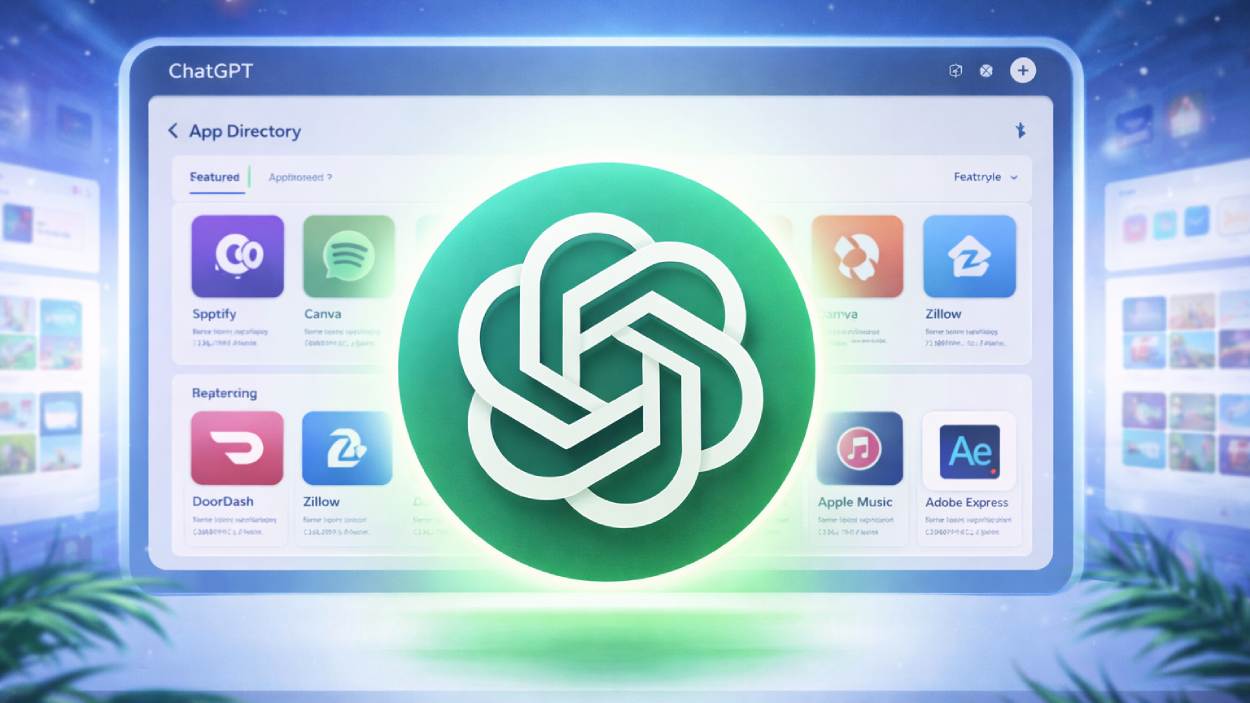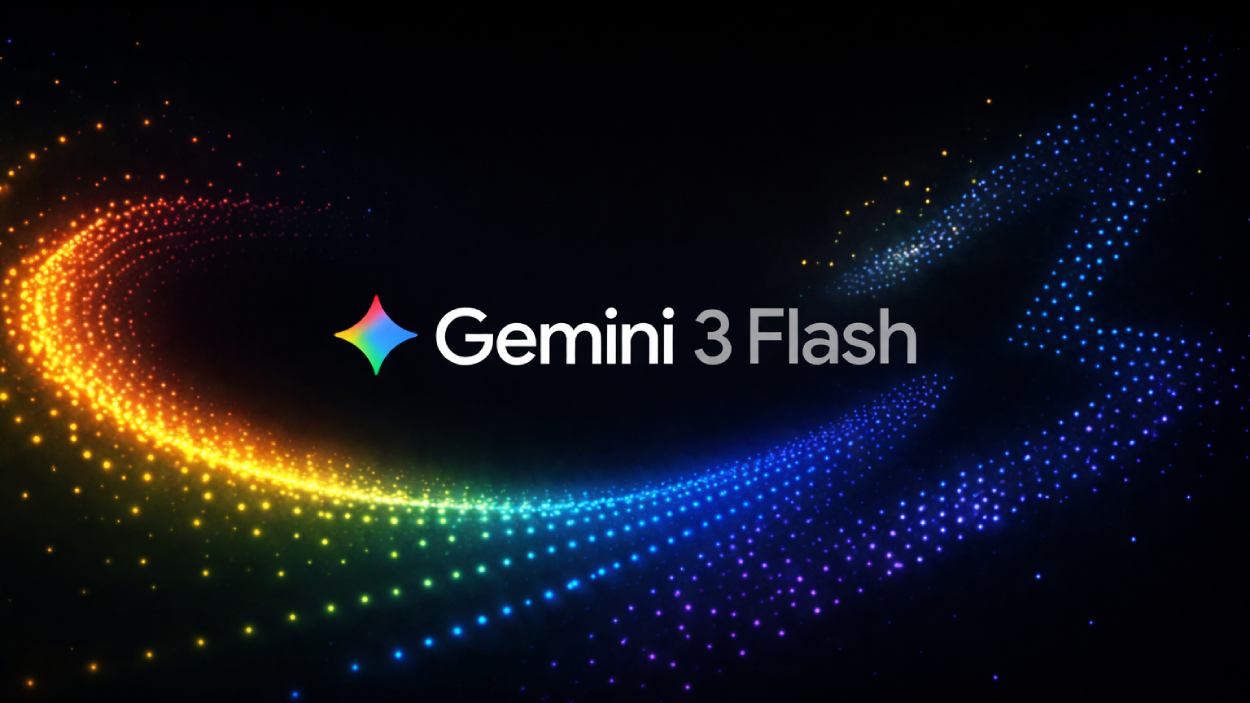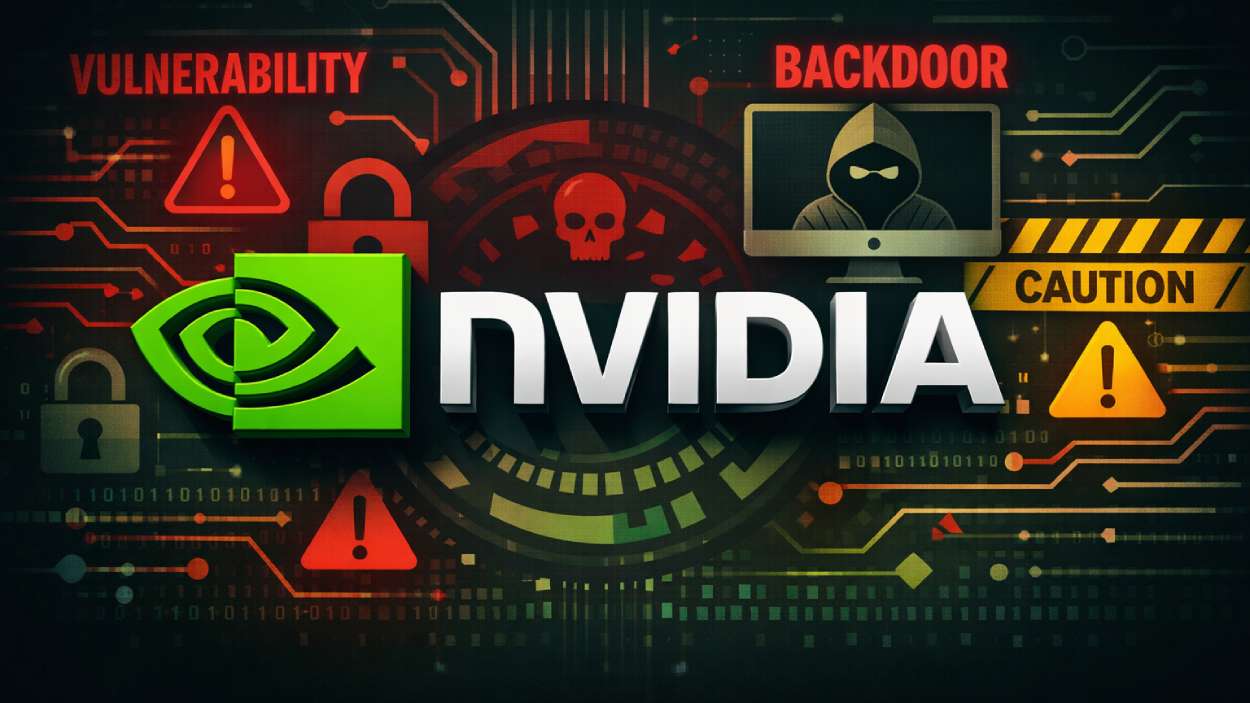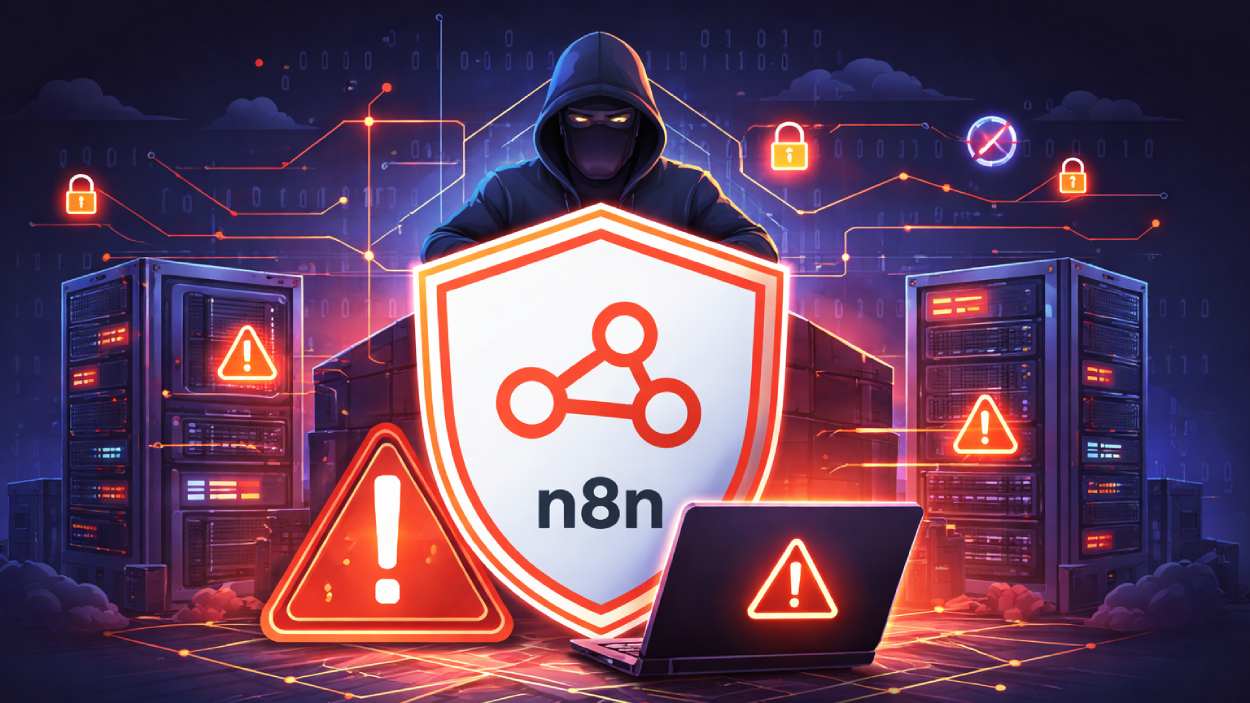Meta has locked in a massive $29 billion financing deal with Pimco and Blue Owl to supercharge its Hyperion AI data center project in rural Louisiana.
Quick Summary – TLDR:
- Pimco to lead $26 billion in debt financing, Blue Owl adds $3 billion in equity.
- The Hyperion campus will span 2,250 acres and up to 4 million square feet, with completion set in phases through 2030.
- Power infrastructure shortages push tech firms to rural builds with strong grid access.
- Meta shifts from self-funding to private capital partnerships to accelerate AI growth.
What Happened?
Meta Platforms is partnering with Pacific Investment Management Co. (Pimco) and Blue Owl Capital to fund one of the largest AI data center projects in the United States. The $29 billion package includes $26 billion in bonds led by Pimco and $3 billion in equity from Blue Owl. The financing is secured by the physical assets of the facility, giving investors a stake in the sprawling campus planned for Louisiana’s Richland Parish.
Meta secured $29B financing for Louisiana data center expansion: Pimco leading $26B debt portion, Blue Owl providing $3B equity. The massive investment reflects Meta’s AI infrastructure push and intensifying competition to finance AI infra. pic.twitter.com/22FFUui9fs
, Shanu Mathew (@ShanuMathew93) August 8, 2025
Hyperion: A Mega Campus for the AI Age
Meta’s Hyperion project is no ordinary data center.
- It will cover 2,250 acres between Rayville and Delhi, about 30 miles east of Monroe.
- Plans call for up to nine massive buildings totaling about 4 million square feet.
- Construction will be phased through 2030, with the first multi-gigawatt cluster going live in 2026.
- At least part of the site will be powered by natural gas to ensure stability.
CEO Mark Zuckerberg has also revealed other large-scale builds like Prometheus, Hyperion’s sister site, and multiple “titan clusters” that together rival the footprint of Manhattan.
Why Louisiana? Power and Space
AI data centers are energy-hungry operations. Industry forecasts suggest they will consume between 6.7% and 12% of US electricity by 2028, up from 4.4% in 2023. That equates to around 500 terawatt-hours annually by 2027. Louisiana’s ample power capacity and strong transmission infrastructure make it a prime choice, far from the congested grids of traditional tech hubs.
The Shift in Funding Strategy
Historically, Meta has relied on its own resources to build infrastructure. But CFO Susan Li told investors the company is now “exploring ways to work with financial partners to co-develop data centers.” The sheer cost of AI expansion with Meta’s annual capital expenditure forecast now at $66 to $72 billion whichis prompting the pivot toward partnerships.
This deal comes after Meta sold $2 billion worth of in-development data centers to third parties. By sharing costs with private investors, Meta gains flexibility and avoids overloading its balance sheet while still keeping pace with rivals in the AI arms race.
The Bigger Picture in AI Infrastructure
The financing trend is part of a wider shift in tech. Global spending on AI data centers is expected to exceed $1.4 trillion by 2027, with McKinsey projecting a $6.7 trillion investment requirement by 2030. Private capital firms like Blue Owl are rapidly moving into the sector, seeing it as a high-growth opportunity tied to the explosion in AI workloads.
Blue Owl has already made aggressive moves, from acquiring IPI Partners and Stack Infrastructure to launching a $7 billion digital infrastructure fund. Pimco, meanwhile, has expanded into European data centers and sees the US as a prime growth market.
SQ Magazine Takeaway
Honestly, this is Meta planting its flag in the AI infrastructure gold rush. Hyperion is not just a data center, it is a power-hungry AI factory the size of a small city. I think the big takeaway here is that even tech giants can no longer bankroll these projects alone. By bringing in Pimco and Blue Owl, Meta is signaling that private capital is now as important as engineering talent in building the future of AI. This is how the next generation of computing gets built with big money, big land, and even bigger ambitions.

